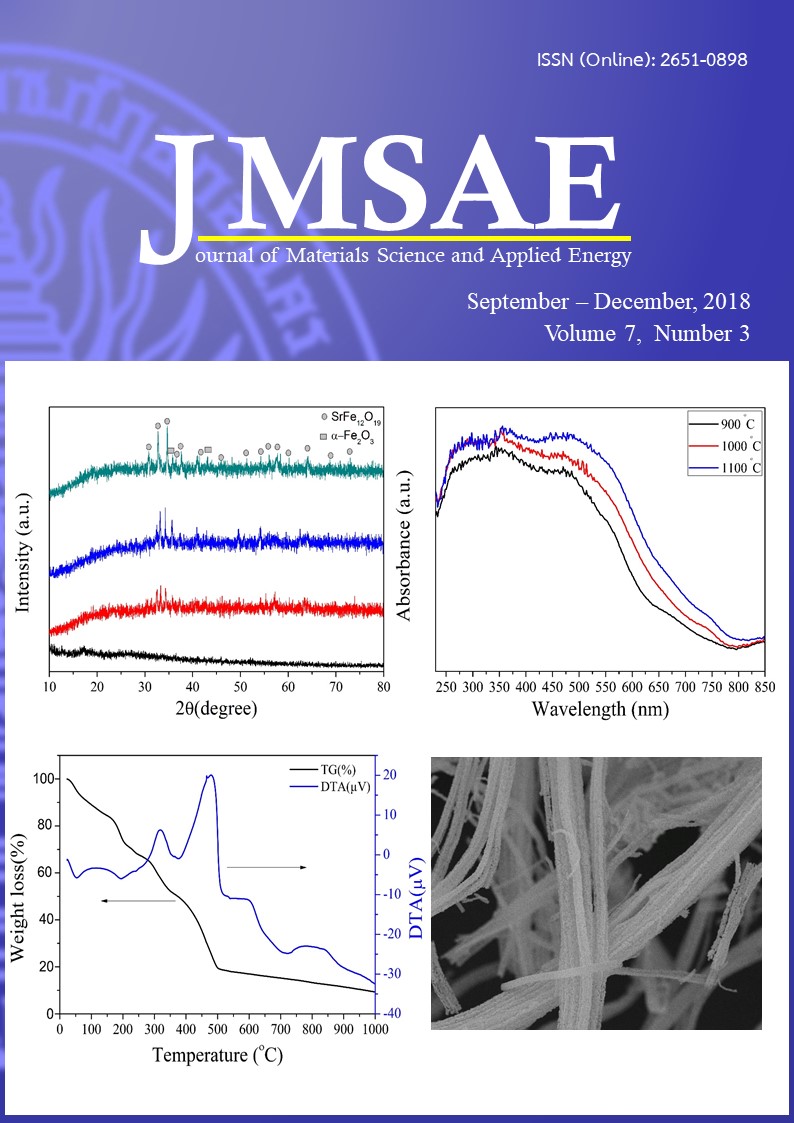Hydrophobic and Antibacterial Activity of Silk Textile Surfaces Using Reduced Graphene Oxide (RGO) and TiO2 Coating
Keywords:
Sol-gel, Antibacterial activity, Low temperature TiO2 preparationAbstract
This study aims to investigate the structure and functional properties of reduced graphene oxide (RGO) doped with TiO2 nanomaterials based on the modified cellulose fibers of silk. The RGO and TiO2 nano-particulates were prepared by modified Hummer’s and sol-gel methods, respectively. The study also investigated the efficiency of this coated silk fabrics to inhibit the growth of bacteria: Escherichia coli (E. coli) and Staphylococcus aureus (S. aureus). The coated silk fabrics were analyzed using X-ray diffraction (XRD), Scanning electron microscopy (SEM), Fourier transform infrared spectroscopy (FTIR) and contact angle meter. The highest observed water contact angle was at 139 degree with the highest loading of graphene oxide. The fabric surfaces grafted with RGO also exhibit adhesive type hydrophobicity. The antibacterial activities against E. coli and S. aureus were about 98 and 93% respectively under ambient temperature that showed RGO doped TiO2 nano-particulates film enhance bacterial inactivation within textile standard. The expected overall properties of nanocomposites may open the way towards new applications of high performance fabrics, leading to an innovative product development in the textile industry, hospitals, electronics for coatings and many other applications.









